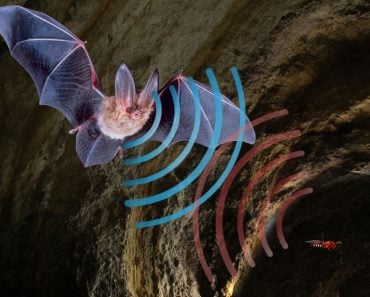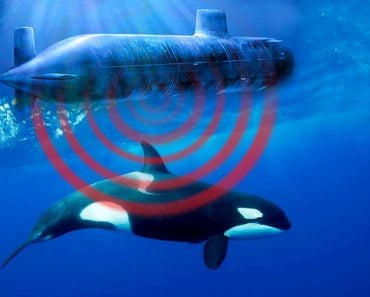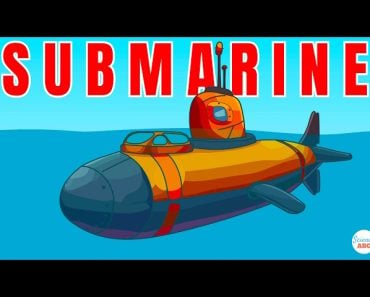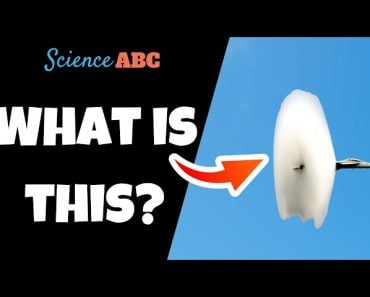Table of Contents (click to expand)
SONAR is a technique that uses sound waves to map or locate objects in the surrounding environment. The premise is quite simple: first, emit a cluster of sound waves in the direction of an object. While a few waves will bounce off it, the remaining waves will be reflected back in the direction of the emitter.
SONAR is a technique that uses sound waves to map or locate objects in the surrounding environment. The premise is quite simple: first, emit a cluster of sound waves in the direction of an object. While a few waves will bounce off it, the remaining waves will be reflected back in the direction of the emitter.
If you were to insert one end of a tube into an enormous sea and put an ear to the other, you would definitely look like a loon. However, you would also hear the faint groaning of ships and the singing of various animals far away in the vast depths of the ocean. Leonardo Da Vinci was the first person to perform this ingenious experiment (without the fear of being judged) and discovered this whimsical phenomenon. He had successfully implemented what we now call SONAR.
Recommended Video for you:
Sound Navigation And Ranging (SONAR)
SONAR is a technique that uses sound waves to map or locate objects in the surrounding environment. The technique isn’t something extravagant that humans have developed in recent years; it has been used by animals such as bats and whales for millions of years.

The premise is quite simple: first, emit a cluster of sound waves in the direction of an object. While a few waves will bounce off it, the remaining waves will be reflected back in the direction of the emitter. With the knowledge of the speed of sound and the time that passed before the wave was retrieved, an adroit receiver can calculate the object’s distance from the emitter.
While Sonar can be implemented in the open air, it is known to be more effective in water. This is because sound waves tend to travel longer distances in water. Owing to Sonar’s remarkable range, whales can discern the shape and movement of objects the size of ping-pong balls from 50 feet away. They are known to rely on Sonar even more than sight to forage and track their kin.

Active And Passive SONAR
Eventually, humans developed Sonar machines with exponentially superior range and resolution. The simplest of them comprises the combinatorial system of our voice box and ears. It is Sonar that we implement atop mountains and in canyons when we yell at the top of our lungs and eventually hear the echo. However, the LFA Sonar developed by the military emits sound waves that travel thousands of miles. Its sweeping range enables us to cover almost 80% of Earth’s oceans by emitting sound waves from only four vantage points!
Despite light’s and, for that matter, RADAR’s tremendously superior velocity, it is Sonar that is used by NOAA to develop nautical charts, execute seafloor mapping, locate shipwrecks and predict underwater hazards. In fact, Sonar’s patent was sanctioned after witnessing the events that led to the Titanic’s tragic undoing. Its primary purpose was to identify objects lurking beneath the ocean’s surface in order to avoid underwater collisions.
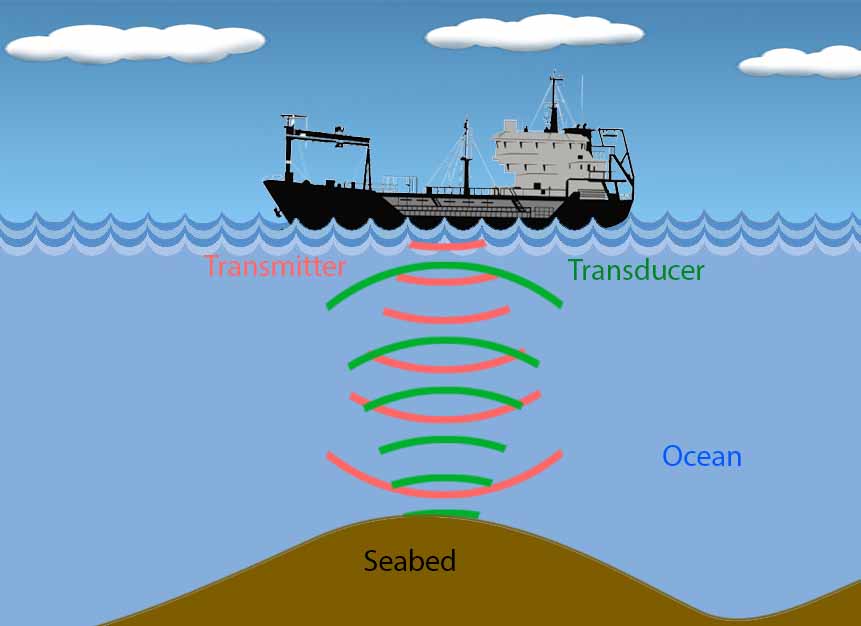
Subsequently, the first World War brought major advancements that paved the way for underwater surveillance and warfare submarines. Underwater surveillance implements what is known as passive Sonar — a technique that does not require its own transmitter, as it entails listening to sound waves emitted by other transmitters. This means listening to the sounds made by whales and enemy ships. The tool simply detects the sound waves that travel towards it. The machines, however, cannot determine the locations of these transmitters without the help of other passive listening devices. They work in conjunction to triangulate the location of a transmitter, stealthily, without making their presence felt.
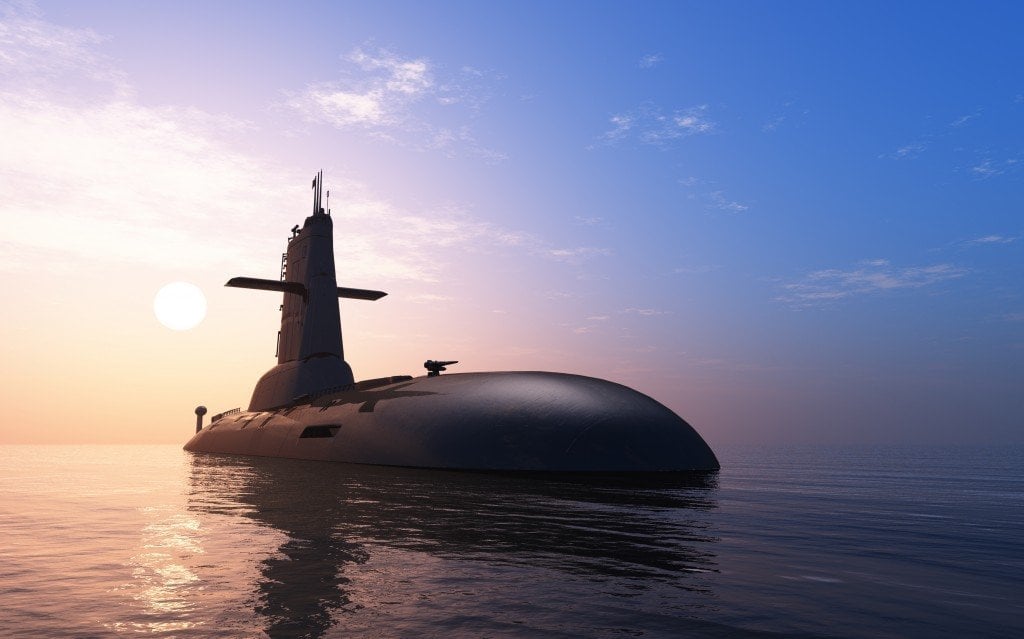
On the other hand, warfare submarines implement active Sonar — a technique that utilizes a receiver as well as a transmitter. This is the technique we most readily associate with Sonar. Submarines transmit sound waves and detect objects in their vicinity by measuring the elapsed time before they receive the echo. Other than merely detecting an object’s presence, the gradual rise of superiorly sophisticated tools has also allowed us to identify the shape, size and orientation in exquisite detail.
The Compromise Between Resolution And Attenuation
The transmitters are mostly piezoelectric materials, materials that wobble and distort when subjected to an electric current. The production of sound from these distortions is analogous to the vibration of a diaphragm in your speaker. Conversely, piezoelectric materials produce an electric current when subjected to distortion, a property that convinced us to simultaneously employ them as receivers.
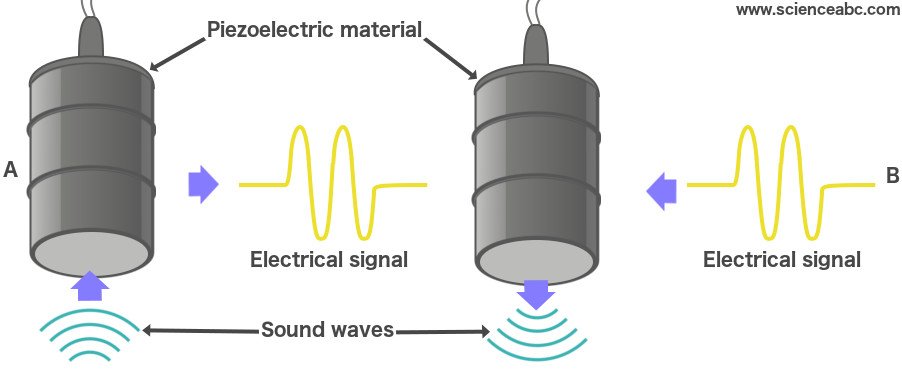
However, because the reflected waves are waves scattered by an object, one can reasonably conclude that their intensity is diminished compared to the original, incident sound waves. The low intensity of the received waves renders images murky or not suitably bright. The quality of an image, therefore, depends not only on the capabilities of the machine, but also the aspects of the object and the terrain in which the mechanism is implemented.
For instance, objects covered with more craggy or irregular surfaces absorb more sound waves than objects covered with regular or smooth surfaces. The propagation of sound waves can also be affected by the temperature of water and the impurities that it fosters. Resolution and range, on the other hand, are characteristics that are intimately linked to the frequency of sound waves.
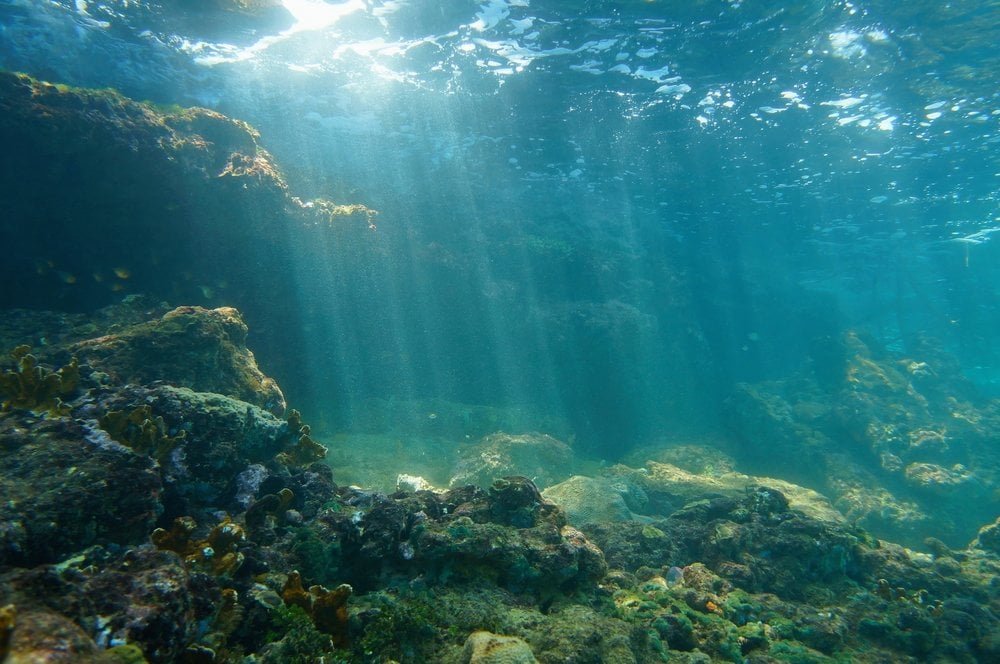
Low-frequency sound waves, those below 20kHz, generate poor resolution, but they boast higher ranges, as they are highly unlikely to be attenuated by obstacles in between. On the contrary, high-frequency sound waves, those with a frequency greater than 100kHz, generate phenomenal resolution, but they are prone to heavy attenuation. A compromise emerges, such that the optimal frequency must be carefully selected in proportion to the size of the desired detail.
Sonar isn’t solely used for surveillance or by warfare submarines; it is also used by doctors to detect cysts and cancerous cells, a process which is known as ultrasonography. Doctors infiltrate their patients with sound waves that scatter and ricochet inside the body, enabling them to detect muscles and organs in much greater detail than X-rays would allow.

Sonar devices are also attached to the ends of fishing nets, allowing fishermen to get a rough estimate of the fish caught in the net. Even Batman couldn’t resist using Sonar, albeit unethically, to catch the evasive Joker. Despite the scene’s unrealistic or far-fetched implementation of Sonar, one realizes how substantial the technology is.


